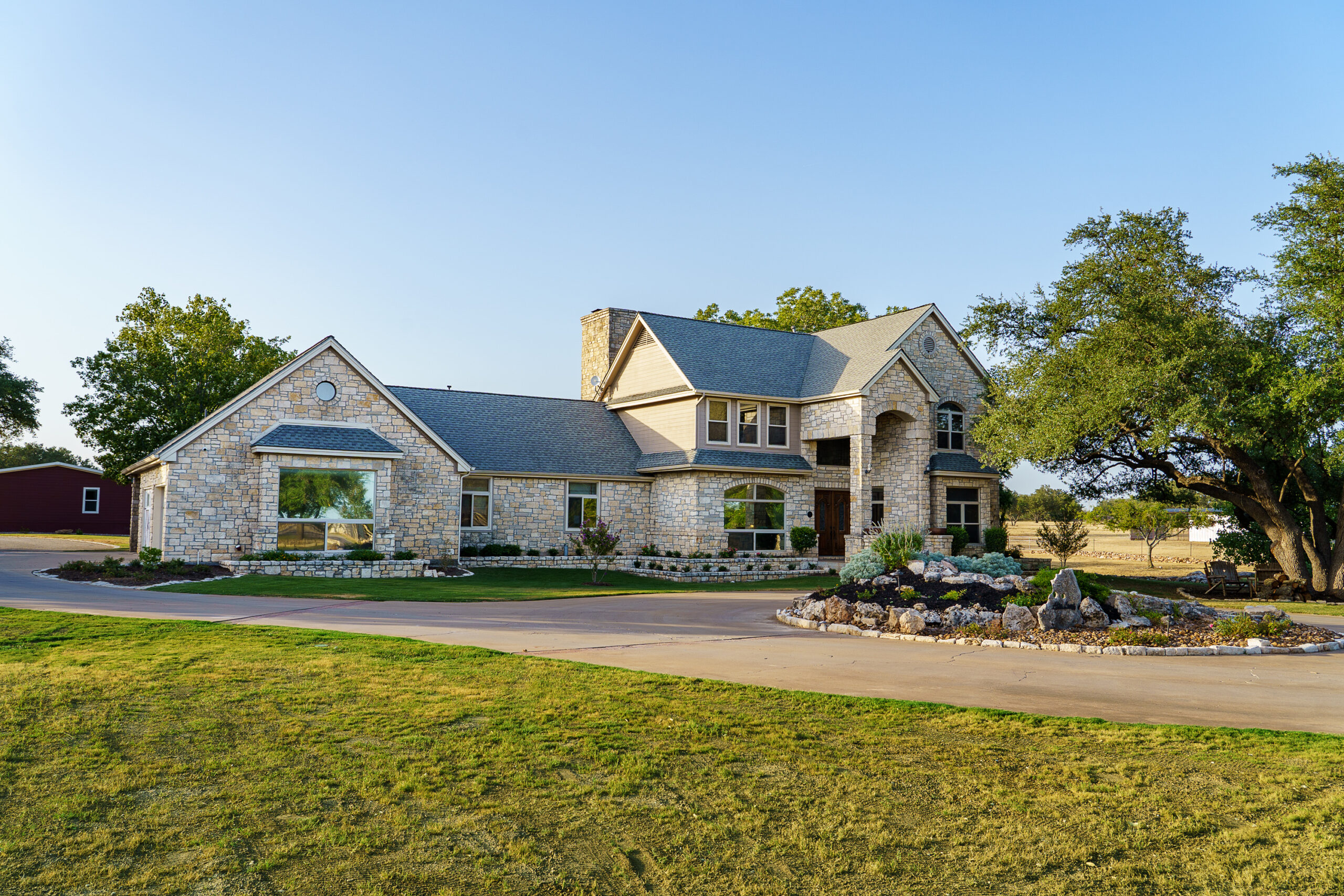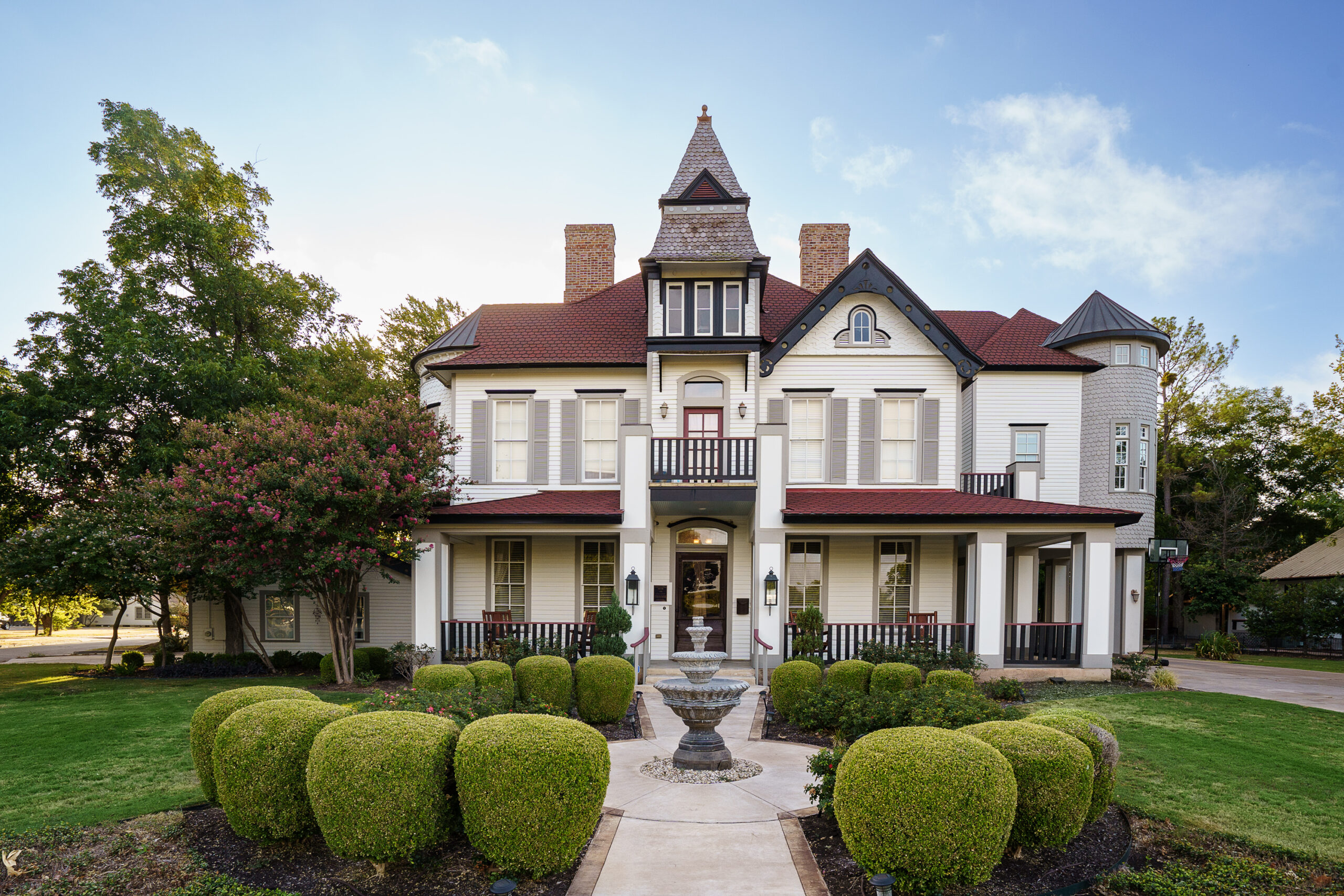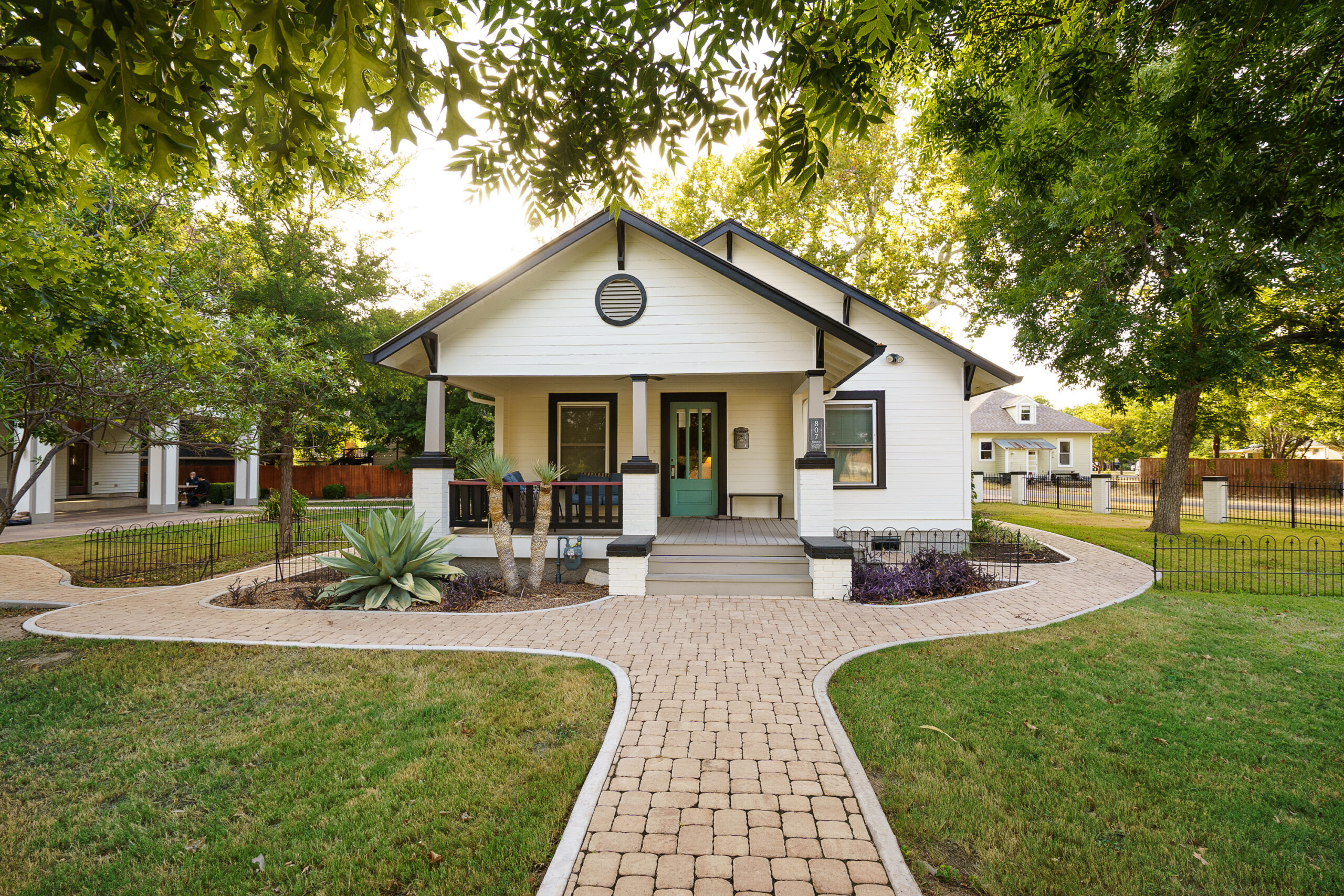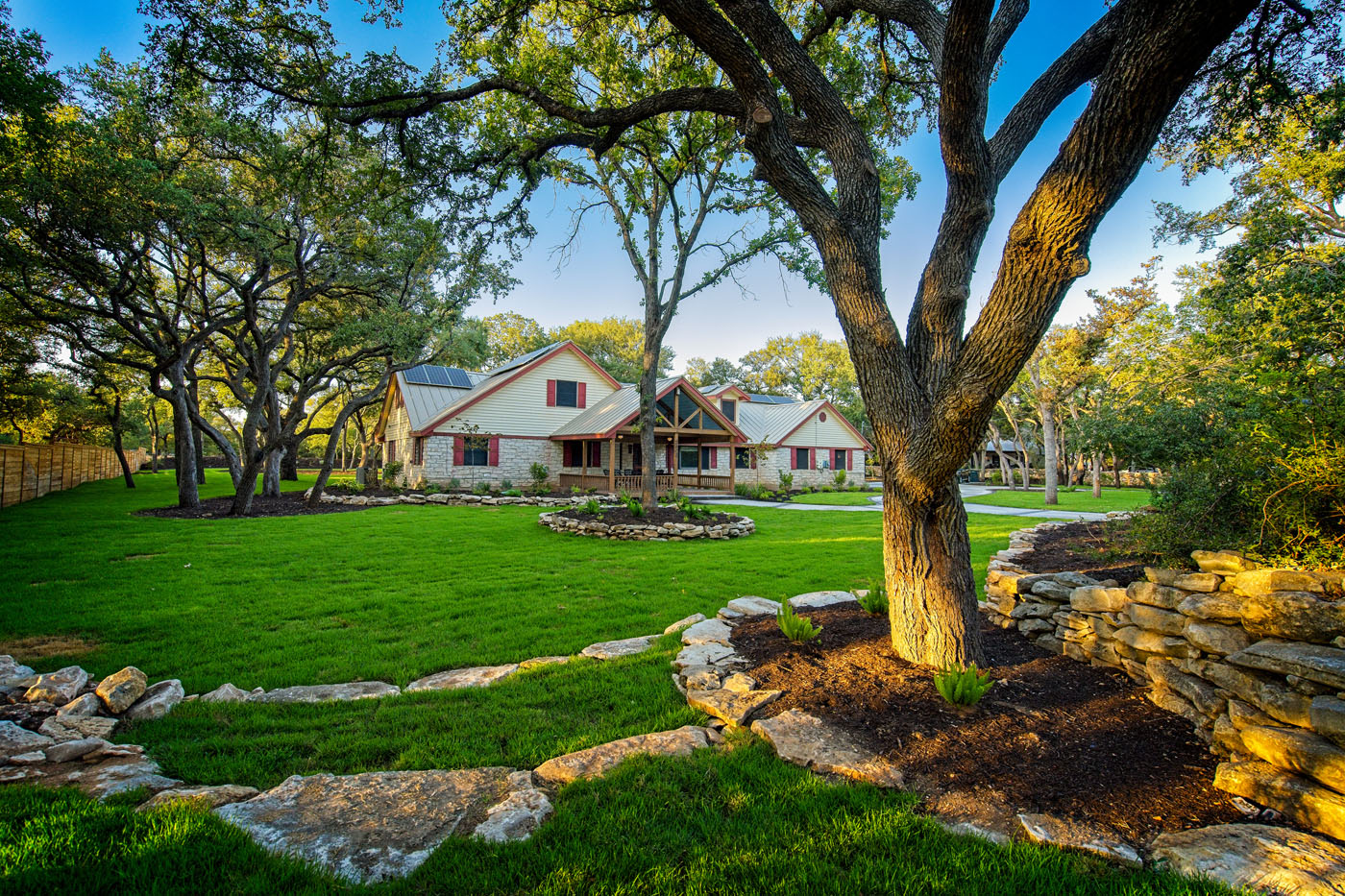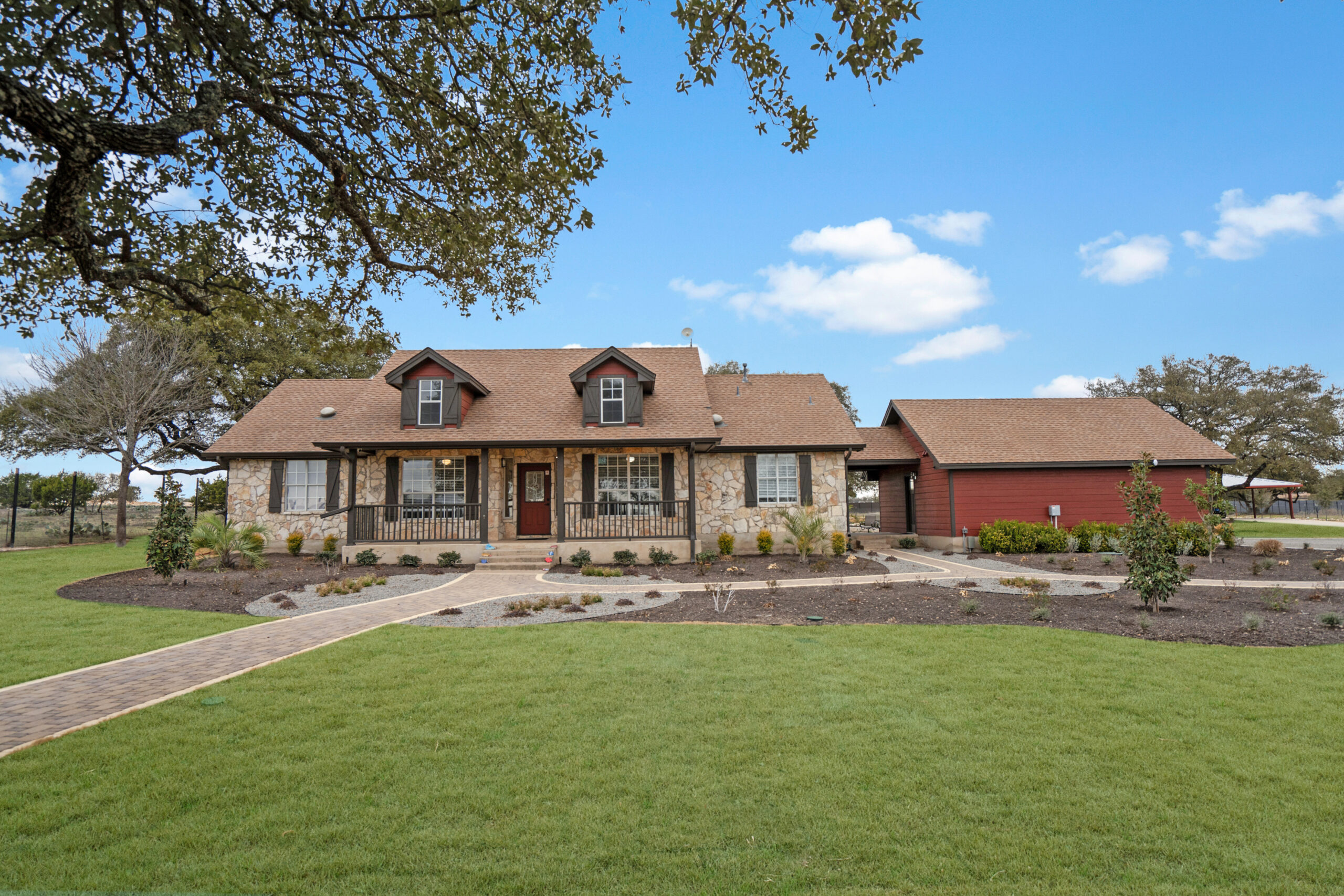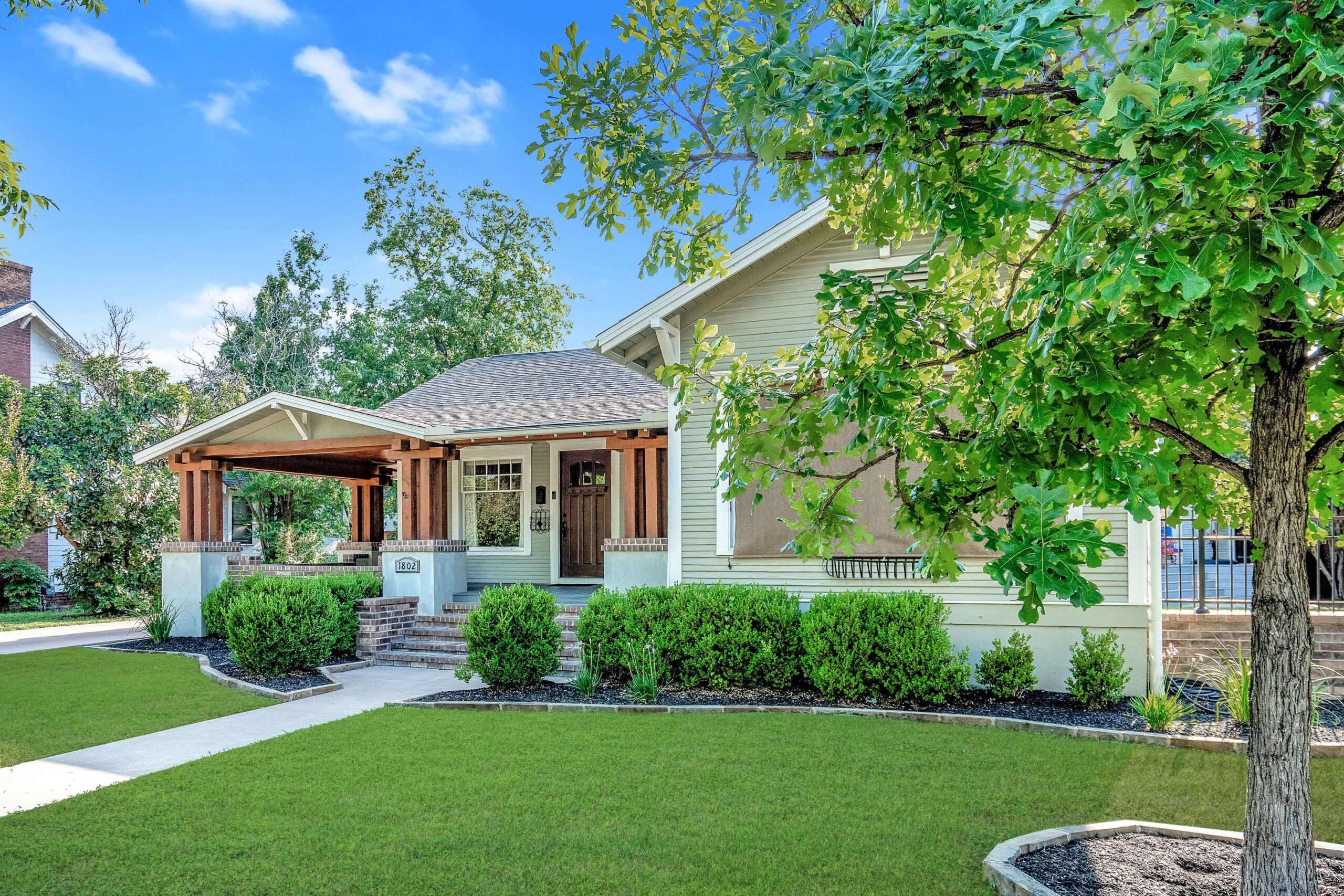Discovering Residential Options for Bipolar Treatment
When navigating the complex world of mental health care, one option stands out for those with severe cases: residential bipolar treatment. Unlike outpatient care, residential treatment offers a comprehensive, immersive approach. This level of care ensures patients receive round-the-clock support in a structured environment. Residential treatment centers often provide a mix of therapies, including cognitive-behavioral therapy (CBT), medication management, and group therapy.
At Alta Loma, we’ve seen firsthand the transformation possible when individuals commit to a residential program. These settings offer a safe space, free from the triggers and stresses of daily life, allowing clients to focus entirely on their healing process.
What Qualifies as a Residential Bipolar Treatment Program?
Residential bipolar treatment programs are characterized by 24/7 care, structured daily activities, and a multidisciplinary approach to therapy. They provide a nurturing environment designed to stabilize mood, develop coping mechanisms, and improve overall well-being.
Typically, these programs involve several key components:
- Assessment and Diagnosis: Comprehensive evaluation to tailor an individualized treatment plan.
- Therapeutic Interventions: Includes individual therapy, group sessions, and family counseling.
- Medication Management: Regular psychiatric consultations to monitor and adjust medication.
- Skills Training: Life skills workshops, stress management, and emotional regulation techniques.
Exploring the Benefits of Residential Care
For many, the decision to enter a residential bipolar treatment facility can be life-changing. One significant benefit is the removal of daily life distractions, allowing individuals to engage fully in their recovery processes. It facilitates deep work on personal issues and an opportunity to reset mental and physical health.
At Alta Loma, we’ve observed that residents often experience a marked reduction in symptoms due to the intensive support and structure. The serene setting promotes a sense of calm, making it easier to focus on self-improvement. Additionally, the community aspect of residential care should not be underestimated; sharing experiences with peers fosters a sense of solidarity and understanding.
Choosing the Right Facility for Your Needs
Deciding on a residential treatment center can be daunting. Here are some factors to consider to ensure you select the right fit:
- Accreditation: Confirm the facility is accredited by relevant health organizations to ensure quality care.
- Staff Credentials: Verify that therapists and psychiatrists are licensed and experienced.
- Program Specialization: Ensure the program offers specialized care for bipolar disorder, with tailored therapeutic approaches.
- Environment: Choose a facility with a setting that resonates with the individual’s comfort and safety needs.
At Alta Loma, we prioritize these aspects, ensuring our approach remains client-centered and evidence-based.
Navigating Challenges in Treatment
Entering a residential bipolar treatment program often presents unique challenges, from initial apprehensions to adapting to a new environment. From my 20 years in the field, I can attest that addressing these issues head-on is crucial for successful outcomes.
A common challenge is the apprehension about leaving familiar surroundings. Overcoming this involves open communication with family and staff, setting realistic expectations, and gradual acclimatization to the program. Additionally, it’s essential to manage medication adjustments effectively, as changes can lead to temporary instability or discomfort.
Ultimately, the key to overcoming these hurdles lies in fostering a supportive community, where patients feel understood and valued. At Alta Loma, we focus on creating such environments to facilitate smoother transitions and lasting recovery.
Understanding Residential Bipolar Treatment: What Are the Key Benefits?
Residential treatment for bipolar disorder provides an immersive environment where individuals receive 24/7 care. This comprehensive approach allows for continuous support, structured therapy regimens, and medication management, crucial for stabilizing mood swings and developing coping strategies. For example, at Alta Loma, clients benefit from a serene setting that reduces everyday stressors, allowing them to focus entirely on healing. Such an environment fosters a sense of safety and community, which can significantly enhance recovery outcomes. How might this structured support impact a person’s long-term mental health journey?
What Criteria Should Be Met for a Program to Qualify as a Residential Bipolar Treatment Facility?
A residential bipolar program should offer continuous care, tailored treatment plans, and a multidisciplinary approach. Key components include thorough assessment and diagnosis, diverse therapeutic interventions, and medication management. At Alta Loma, we emphasize life skills training to help residents apply learned coping mechanisms post-treatment. This holistic approach ensures that all aspects of an individual’s mental health are addressed. How do you think a multidisciplinary approach benefits someone living with bipolar disorder?
How Does Residential Care Enhance Recovery for Individuals with Bipolar Disorder?
The immersive nature of residential care removes daily distractions, allowing individuals to focus on recovery. Alta Loma’s approach includes community living, where shared experiences with peers create a supportive environment, fostering understanding and solidarity. The structure of the program encourages residents to confront personal challenges with professional guidance, often leading to reduced symptoms and improved mental health. Have you considered how community aspects might play a role in emotional healing?
What Factors Should Be Considered When Selecting a Residential Treatment Center?
Choosing a residential treatment center involves considering accreditation, staff credentials, and the specialization of the program. Alta Loma, for instance, focuses on comprehensive care tailored for bipolar disorder, ensuring all therapeutic approaches meet accreditation standards. The environment is equally important; a serene, comfortable setting can greatly affect the healing process. What aspect do you find most critical when selecting a treatment facility?
What Common Challenges Might One Face When Entering a Residential Bipolar Treatment Program?
Entering a residential program can be daunting due to unfamiliar environments and the prospect of leaving home comforts. At Alta Loma, we address these fears with open communication, gradual adjustments, and strong support systems. Medication changes might also pose difficulties; hence, we prioritize regular consultations to ensure stability. Do you think having a solid support system can mitigate the initial apprehensions of starting treatment?
What Are Some Common Misconceptions About Residential Treatment for Bipolar Disorder?
People often believe residential treatment is only for severe cases or that it removes individuals from societal contexts indefinitely. In reality, programs like Alta Loma are designed not only for severe cases but also for those seeking intensive, short-term care to achieve long-term stability. The goal is to integrate individuals back into society with enhanced coping skills. How might shifting these misconceptions change your perception of residential treatment?
Why Is Personalized Care Crucial in Treating Bipolar Disorder?
Bipolar disorder manifests uniquely across individuals, necessitating personalized treatment plans. At Alta Loma, customized care involves tailored therapies, adjusted medication plans, and individual support services like cognitive behavioral therapy and nutrition planning. This approach ensures that each resident’s specific needs are met, maximizing the chances for successful recovery. In what ways do you believe individualized treatment can enhance personal recovery experiences?
